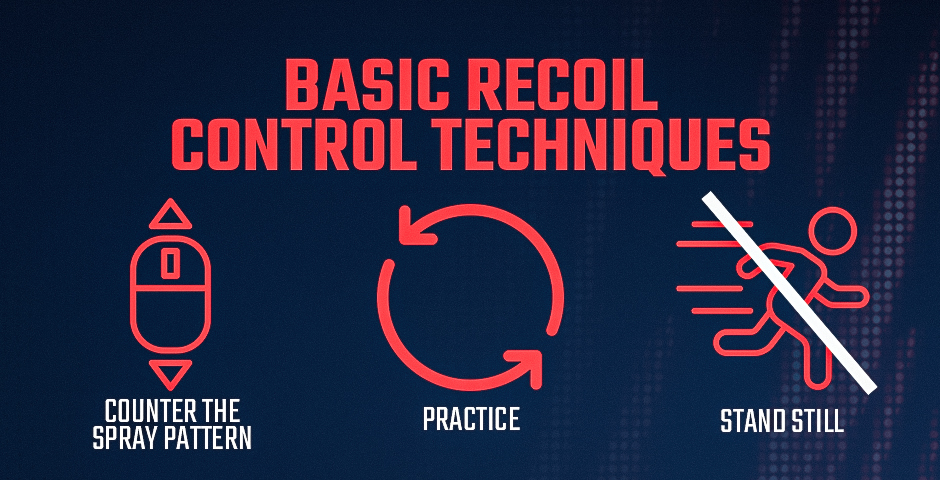Connection Corner
Your go-to guide for relationships, dating tips, and hookup advice.
Tapping vs Spraying: Which Technique Will Make Your Opponents Rethink Their Strategy?
Discover the battle between tapping and spraying techniques! Uncover which method will leave your opponents second-guessing their strategy.
Tapping vs Spraying: Understanding the Mechanics of Influence
Understanding the mechanics of influence is crucial in today's fast-paced world, and two intriguing methods that often come to the forefront are Tapping and Spraying. Tapping refers to a targeted approach where specific individuals or groups are engaged to maximize influence on a certain outcome. This method is akin to a sniper, focusing on precise targets to create meaningful waves of change. On the other hand, Spraying represents a more widespread tactic, casting a broader net to influence the masses. This approach can sometimes lead to diluted impacts, but its efficacy in reaching larger audiences cannot be overlooked.
When comparing Tapping versus Spraying, it’s essential to recognize the specific contexts in which each method excels. For instance, Tapping is highly effective in niche markets where personalized messages can resonate deeply with the audience, fostering loyalty and trust. In contrast, Spraying might be employed during campaigns aimed at brand awareness or social movements, where the goal is to generate buzz quickly across various platforms. Ultimately, the choice between these two mechanics of influence should align with the overall strategy, ensuring that the intended message is delivered effectively to the right audience.

Counter-Strike is a popular tactical first-person shooter that has captured the attention of gamers worldwide. One of the iconic weapons in the game is the mac 10, known for its high rate of fire and effectiveness in close-quarters combat. Players often strategize around weapon choices to secure victory in intense matches.
The Tactical Edge: When to Tap and When to Spray in Competitive Situations
In competitive situations, understanding when to tap and when to spray can significantly enhance your tactical edge. The tap technique, characterized by quick, precise shots, is best employed when engaging targets at longer ranges or when accuracy is paramount. This technique allows for greater control and minimizes the risk of ammunition waste, making it ideal for scenarios that require finesse. On the other hand, spraying is advantageous in close-quarters combat where the priority shifts to volume of fire over precision. In these cases, the ability to maintain a high rate of fire can suppress enemy movements and create openings for advancement.
Deciding whether to tap or spray also hinges on the specific dynamics of the environment you are in. For example, in a crowded battlefield, where targets may appear suddenly, adopting a spraying approach may keep enemies at bay and provide a tactical advantage. Conversely, in a stealth operation, where stealth and silent eliminations are essential, tapping becomes a more suitable choice. Hence, mastering both techniques and recognizing when to apply each can give you the tactical edge needed to succeed in high-pressure situations.
How Do Tapping and Spraying Shape Opponent Strategies?
Tapping and spraying are two critical techniques employed in competitive strategies, particularly in fast-paced environments like gaming or sports. Tapping refers to the precise and deliberate application of pressure at specific moments, which can dictate the opponent's response. This technique forces opponents to adapt their strategies, often leading them into a defensive posture. For example, a player who masterfully uses tapping can manipulate their opponent's movements, causing them to overcommit or misjudge their timing. Consequently, this creates openings for strategic advantage and counterattacks.
On the other hand, spraying involves a more aggressive and unpredictable approach, making it challenging for opponents to develop coherent strategies. By applying a barrage of actions—be it in rapid succession or wide-ranging in scope—players can disrupt their adversary's rhythm. The threat of continuous spraying forces opponents to remain alert and fluid in their tactical adjustments. Ultimately, understanding how to effectively integrate tapping and spraying not only enhances a player's offensive capabilities but also significantly shapes the dynamics of competitive encounters, compelling opponents to rethink their own strategies for survival.